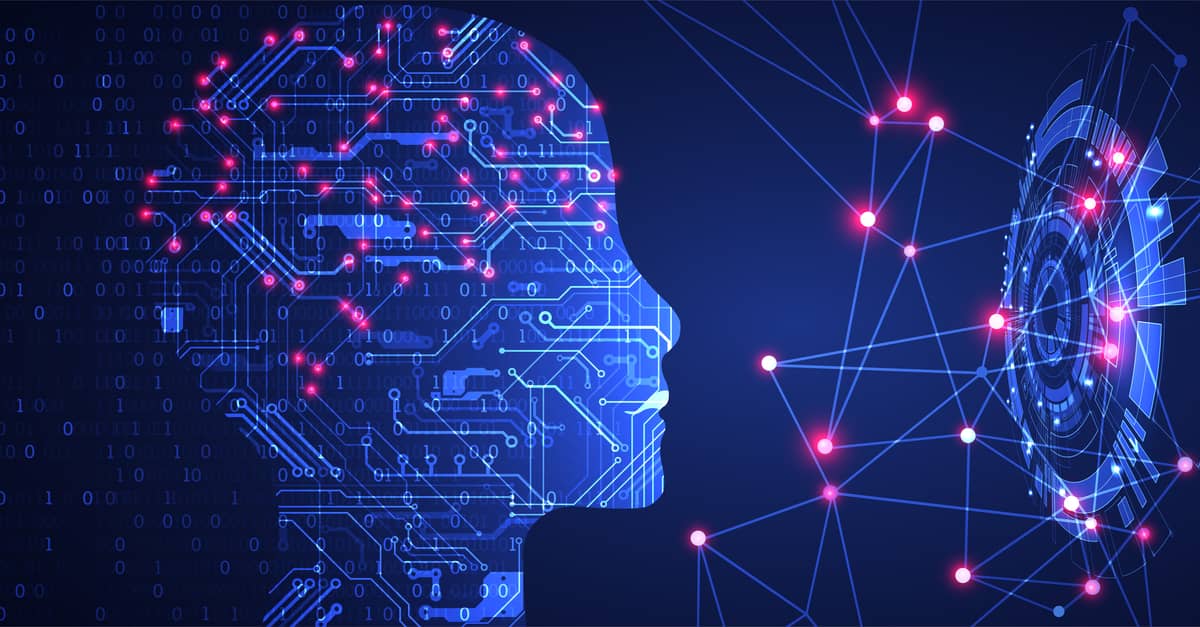How Artificial Intelligence Is Powering Remote Work in a Pandemic

Networking teams are the unsung heroes of the pandemic. Whether it’s health care facilities relying on timely transmission of data or teachers attempting to connect with students, it all depends on the unseen infrastructure of connectivity. For enterprises across the globe sending their employees home for remote work, the use of artificial intelligence is expanding to ensure that business is unimpeded by congestion or security issues.
For networking professionals dealing with their own adjustments to remote work, the challenge is providing individual employees with the troubleshooting tools they need while securing systems and data for the enterprise. There are new capabilities in artificial intelligence making this balancing act a little easier.
Focusing on the End User
Before COVID-19 arrived, networking teams had a challenge inherent to their role: deploying a solution intended to improve the end user experience without visibility into that experience. It has always been difficult to measure the value of a network infrastructure upgrade.
This is where artificial intelligence can make an important difference.
From making adjustments to the network for improved bandwidth flow to optimizing routing to eliminate congestion for a particular application, artificial intelligence can handle much of the troubleshooting that network administrators routinely handle. With so many remote locations added in March 2020, the level of data flowing in and out of all of those mini-branches is creating more value connected to artificial intelligence.
Enterprise IT gains insight into the service levels experienced by end users because artificial intelligence tools are gathering and analyzing data. When an anomaly is detected, the root cause is determined by the tool and, in many cases, it can be resolved before the end user or even the network team knows about the problem.
These types of solutions, where problems are resolved before anyone knows there is an issue, are where artificial intelligence improves the experiences at all levels. There are fewer support tickets and a better end user experience. In an era where it’s no longer possible for IT support to arrive at the location, laptop in tow, to correct a networking issue, these types of improvements are essential for business continuity.
SD-WAN Gets Smarter
The application of artificial intelligence to networking finds a perfect vehicle in software-defined wide area networking (SD-WAN). Enterprises are using the technology to optimize application performance while creating a secure network perimeter. Artificial intelligence provides a way for SD-WAN to add even more value.
Artificial intelligence finds a variety of applications in SD-WAN, from using policy to determine the optimal pathway for individual solutions based on performance and bandwidth requirements, to automated troubleshooting and network insights. For network teams, zero-touch configuring and troubleshooting have also become more valuable features in a time when contact between employees is minimized as much as possible.
To learn more about how artificial intelligence might be utilized to equip your IT professionals, contact us at Clarksys. We can help you identify the tools to ease the pressure on your network teams supporting remote workers.
